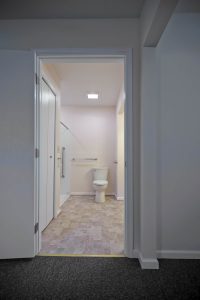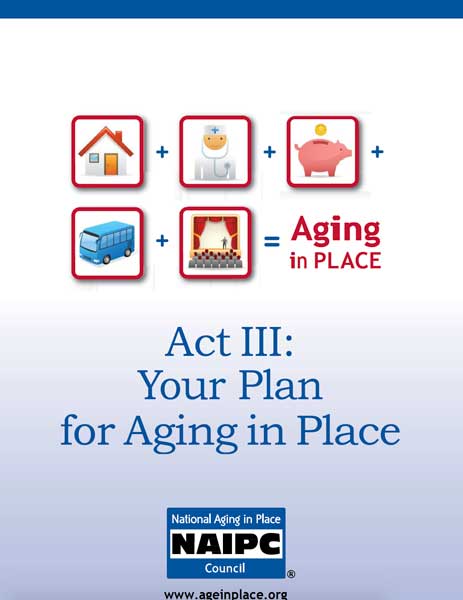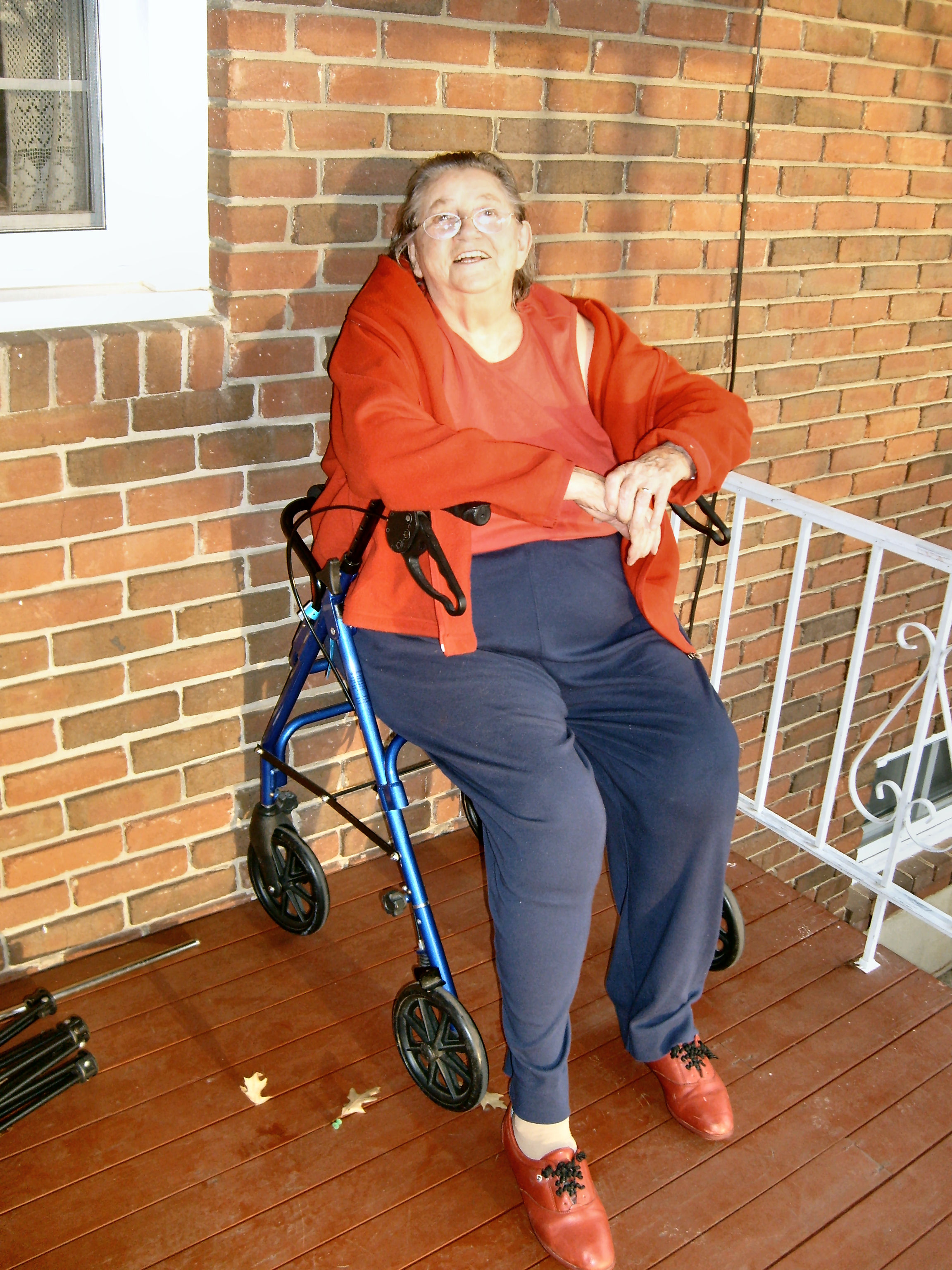Yes, I said it. I used the “O” word. In a society enamored with youth, the word old has become one of those words we are not supposed to say in polite society anymore. We have come up with all kinds of synonyms. Some of these are “senior citizens”, “over the hill”, “getting on in years”, and “chronologically superior”. Personally, I think we should celebrate those of our number who reach a ripe old age. The Bible says in Job 12:12, “Wisdom is with aged men, And with length of days, understanding.” In spite of this, there is a definite aversion in our society to the idea of growing old. All sorts of products, processes, and techniques promise to slow down or reverse the signs of aging. People go to great lengths to appear to be younger than they are. The very term, “aging in place” causes many to people to recoil in horror at the very idea that you used the word “aging” when speaking to them.
I have a suggestion. Rather than work on convincing people to be more comfortable with their advancing years, I suggest we work on getting all people to embrace the safety and accessibility features we recommend. After all, studies show that only 15% of us will go through life without experiencing a mobility impairment of some kind. We can all lose our balance sometimes. The addition of grab bars in showers, handrails and non slip surfaces on stairs, and bright glare free lighting are all features that make sense for everyone. Designing and building spaces that work well for people of all ages and abilities is called Universal Design. The more that Universal Design catches on and accessibility solutions become “baked in” to everyone’s homes, the less need there will be to modify homes to meet people’s changing needs as they age.

An example of a Universal Design feature that is starting to catch on is wider doorways. We are slowly seeing the use of wider doorways in new construction. While it used to be rare to see a 3’-0” wide exterior door anywhere but on the front door, it is quite common nowadays to see all the exterior doors on a house be 3’-0” wide. And where bathroom doors used to almost always be 2’-0” or 2’-4” wide, we are gradually beginning to see 2’-8” or even 3’-0” wide bathroom doors. The minimum net clear opening to be considered accessible is 32” so I would prefer to see all doors at least 3’-0” wide. This trend makes good common sense. The cost difference between a 2’-0” wide door and a 3’-0” door is likely to be less than twenty dollars, while the cost to remove the 2’-0” door later and install a 3’-0” wide door can easily run over a thousand.
As an added benefit, Universal Design is upscale. Wider doorways, wider hallways, open floor plans, and large spa like bathrooms are all features we typically find in upscale homes. The improved accessibility is just icing on the cake. We can have our cake and eat it too! In other words, our accessibility and safety features can be features that are warm and inviting to people of all ages and abilities. By changing the way we think about aging in place we can truly make it appealing to everyone. That is why there are those who prefer the term “Living in Place”. I believe that over time we will see these features become mainstream. As always, thank you for reading Housing Matters.


